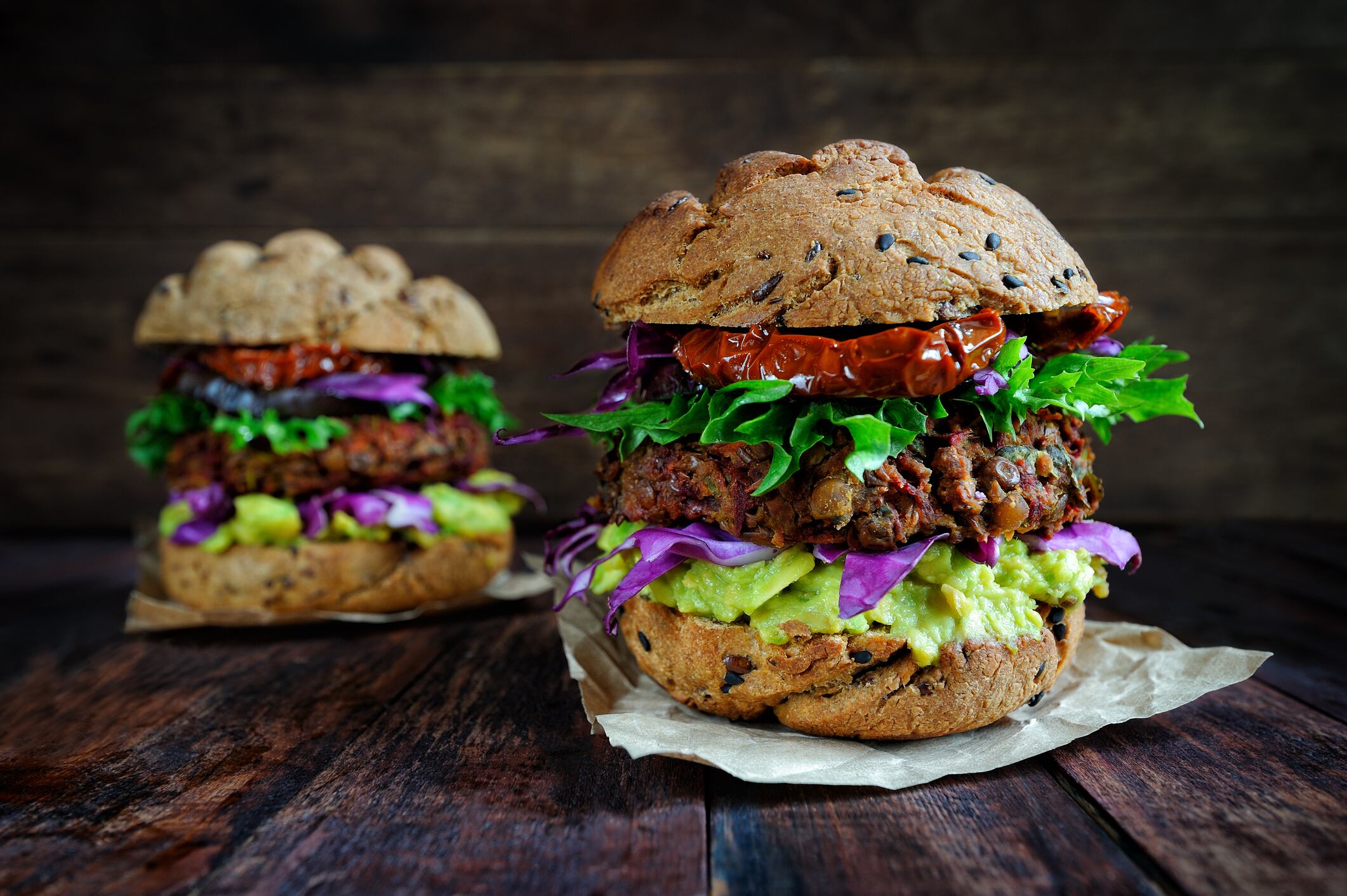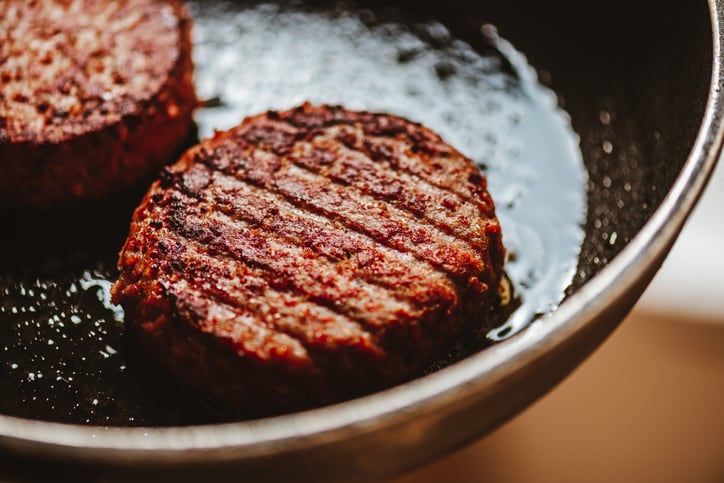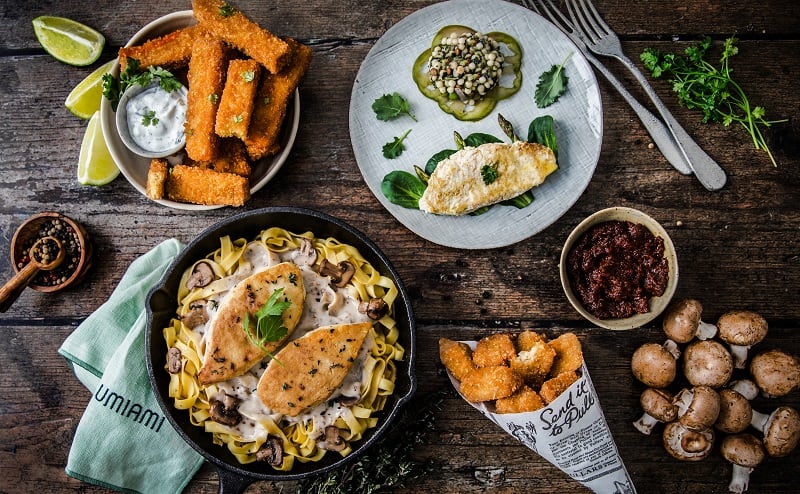Ullram told us the alternative protein market is quickly evolving beyond the ubiquitous soy and pea. Today’s manufactures are discovering an ever-expanding bouquet of new ingredients and technologies available to them. This allows food brands to make products of appeal to the rising numbers of flexitarian consumers who say they want to cut their meat consumption for environmental, health and ethical reasons.
Givaudan has therefore expanded its global protein innovation network with a new Protein Hub at its flagship 12,000 square metre Zurich Innovation Centre in Kemptthal, Switzerland, which itself recently opened in 2019 at a cost of CHF 120 million.
The Protein Hub builds on Givaudan’s expertise in taste, texture, colours, proteins and ingredients, and aims to provide the experts, technologies and equipment to help accelerate the development of alternative proteins.
"The market is going in all directions,” said Ullram. “It's almost becoming a jungle out there with so many new ingredients coming up every day."
For instance, Givaudan's 2019 study with researchers from the University of California, Berkeley identified -- from a group of 42 plant proteins -- six potentially ‘game changing’ proteins all boasting viable commercial, nutritional and sustainability credentials. These were oats; mung beans; chickpeas; lentils; flax seeds and sunflower seeds. What’s exciting about these newer ingredients, said Ullram, is that manufacturers may look to use them in combination with each other to improve the taste, texture and nutritional qualities of the current crop of meat alternatives. "We believe there will be more combining of the different protein sources in order to get the best out of the taste and texture,” Ullram told us. “This will also help get the supply chain issues right. If we see there are protein shortages, combinations of different proteins will help address that.”

All of this is being done in an environment of improving production technology: namely high moisture extrusion, 3D printing and clean meat expertise.
But this febrile climate can bring both challenges and opportunities. Newer ingredients may promise better versatility and ease of use in a range of applications. But they may bring unintended consequences, such as allergen and legislation discussions.
Meanwhile, the European market is experiencing country-specific changes, which can influence how brands can look to expand meat-free products in different regions. Soy, for example, has a good reputation in some countries like France, which is home to a large number of soy farmers. Other countries -- like Russia, where it was used for a long time to produce very cheap, processed fake meat -- are more suspicious of it.
Givaudan aims to provide its customers the right, tools, partners, ingredients and technology to help them through this alt protein jungle, said Ullram.
“We believe that the way forward is to stay on our toes and to stay as agile and flexible as possible,” he said. “We’re trying to bring in as many partners to the game and provide our customers the best experience to solve their specific challenges.”
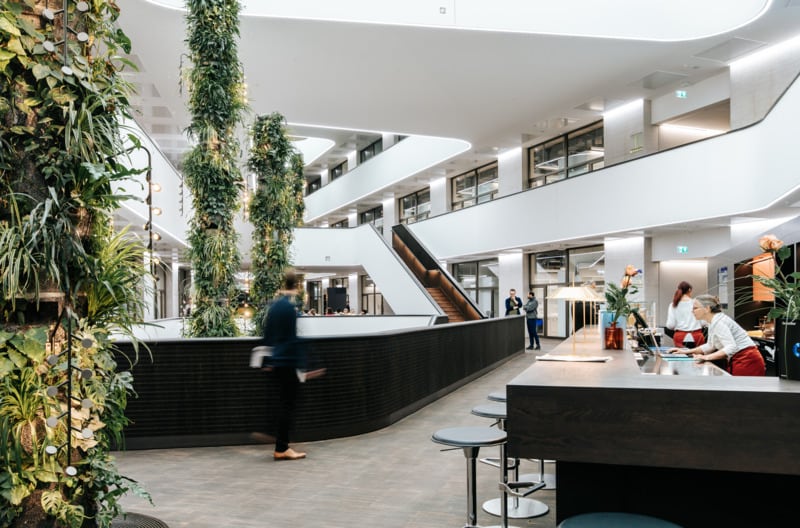
A pivotal time for alt proteins
Some recent reports suggest a saturating market. But citing figures from MarketsandMarkets, Givaudan says the market for plant-based protein globally has reached US $4.3 billion and is projected to grow to US $290 billion by 2035. “Around the world, many consumers are shifting to plant-based options and other alternatives for health and ethical reasons,” added Louie D’Amico, President Taste & Wellbeing. “The Protein Hub brings together customers, start-ups, academics, chefs and other partners to co-create protein experiences that not only taste great, but are good for body, mind and planet.”
As a large, taste, fragrance and flavour company, Givaudan says it can pull a wide variety of different experts to address potential roadblocks in the market and discuss different impacts around price, nutrition, sustainability, flavour and texture.
"We have our food technologists who can help us by, for example, calculating hypothetical Nutriscores by using certain protein adjustments. We can tap into chefs who can help us with taste ideas," elaborated Ullram. “It all depends what's driving what a particular company wants to do. Customers can come to the Protein Hub to work on all types of applications and every aspect of the product development process, from initial ideation and consumer insights to hands on prototyping sessions—all with the aim of getting products to market quickly.”
Fabio Campanile, Global Head of Science and Technology, Taste & Wellbeing, added: “Creating delicious alternatives for meat, fish or dairy – from plant-based to fermented products – comes with a unique set of challenges and requires a holistic approach. At the same time, we realise that no one company can do this alone. We need to work together to address challenges, accelerate innovation and shape the future of food. The Protein Hub provides the ideal environment to make that happen.”
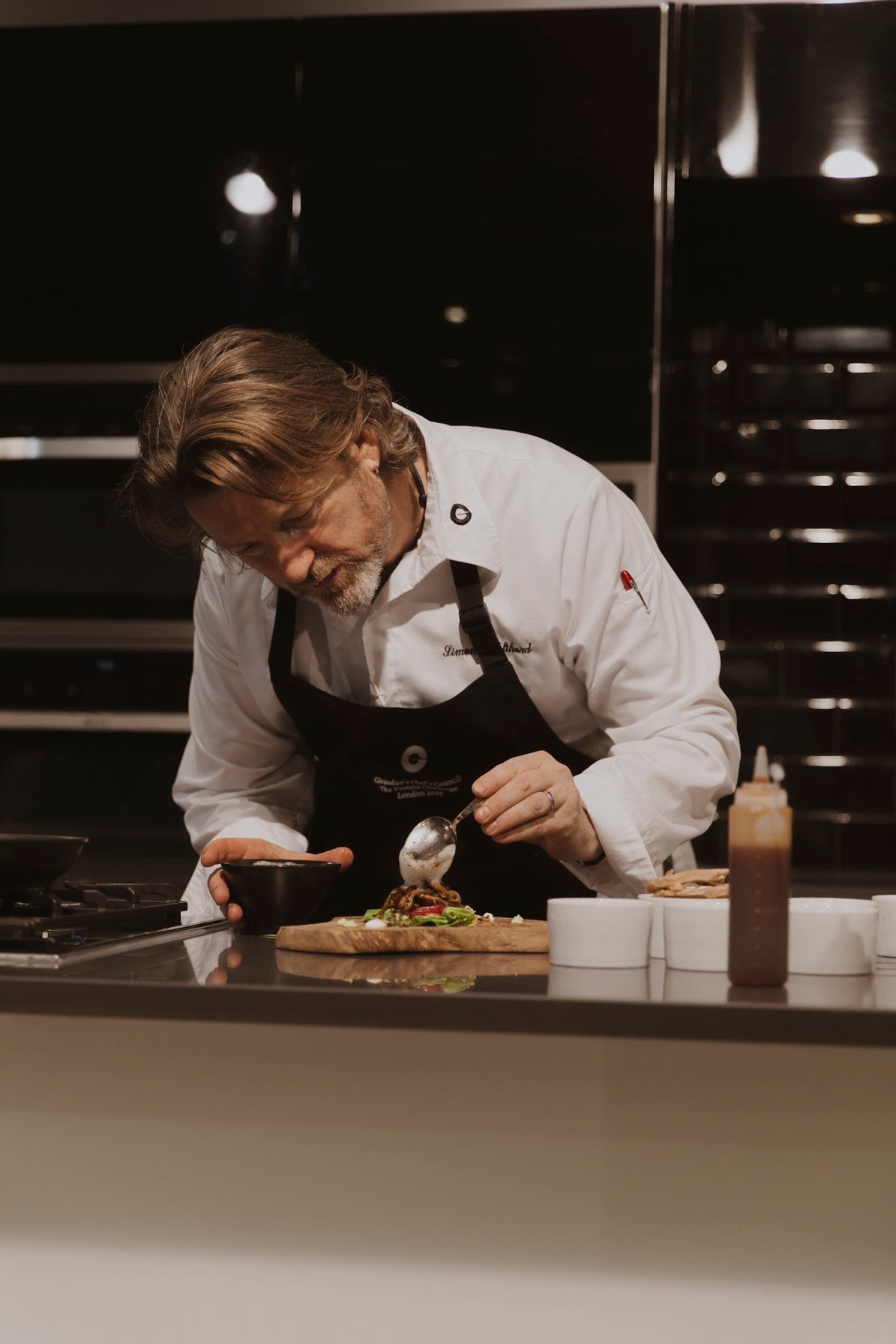
Improving tech will foster mainstream consumer appeal
Improving technology promises to have a huge impact on the market, noted Ullram. The Protein Hub is equipped with a state-of-the art development kitchen and a pilot plant that includes a new high moisture extrusion machine. This technology could prove a potential game-changer for meat alternative products, Ullram believes, by allowing bigger fibres to be made which better replicate the muscle fibres of real meat. Without high moisture extrusion, manufacturers are only ever going to be able to make meat alternatives as big as chicken nuggets. The focus of the Protein Hub is “everything in the extrusion space”, including dry and wet. Quickly advancing extrusion technology means manufacturers can begin to make meat alternative products that mimic whole meat cuts, like a Wiener schnitzel. “That's the Holy Grail," he said.
All this will assist the alternative protein market to bloom and to progress from passing trend into one firmly established in everyday consumer buying habits. Givaudan is focussed on making these products appeal to the masses, said Ullram. “What do we need to do to reach mainstream consumers, which are not there right now.”
What does that mean for innovation in end-products? Will it be confined to plant-based mince, meatballs, sausages, sausage patties and burgers, or will new formats emerge?
A drive to steer imitations “to a new authenticity” is one direction we will see, said Ullram. But Givaudan also wants to continue exploring trends which may evolve beyond dishes that mimic meat. For example, its most recent Chef’s Council event -- where international Michelin-star chefs explore new tastes and textures set to hit the food and beverage industry – investigated ways at putting plants at the centre of the plate. The result was a Middle Eastern inspired ‘lambalogue’ made with aubergine.
“We can go in all directions,” said Ullram. “We have the chefs and the creative minds. We'll go where the demand is.”


